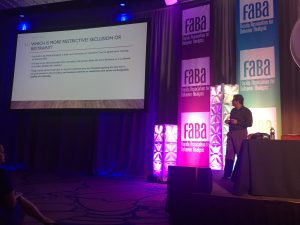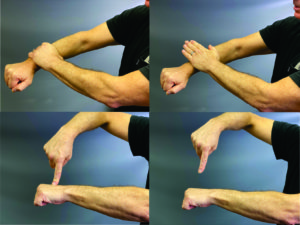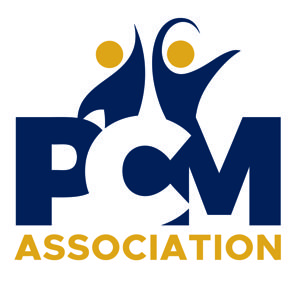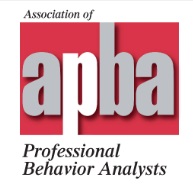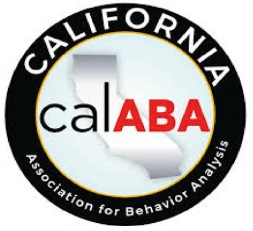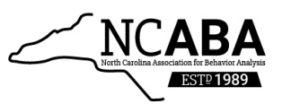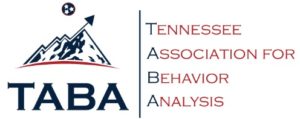Here at the PCM Association we are driven by a strong desire to see schools and treatment facilities provide humane and effective crisis management that is based on the science of behavior analysis
We want crisis stopped quickly, safely and humanely
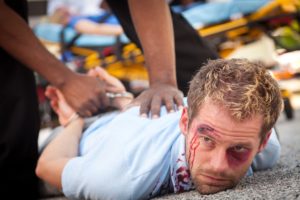
Treating people like this is unacceptable!
The moment that started it all
In 1984, Neal Fleisig was asked to take the directorship of one of the most difficult units at South Florida State Hospital for patients who were highly aggressive and self-injurious. He witnessed a patient who was highly challenging during a crisis event and the staff pinned him down on the cement which resulted in several abrasions on his skin. The more tightly they held him, the harder he resisted, and continued to scrape himself in the struggle. Finding this unacceptable Mr. Fleisig took a safety mat from a nearby CPR training and insisted that the man be held on the mat and not the cement. Once restrained on the mat the man calmed relatively quickly. It was at this point that Mr. Fleisig decided that there had to a more humane way to stop people in crisis and this watershed moment was the beginning of the development of the PCM system that we see today.
Even during difficult moments it's all about maintaining dignity and respect
The most important take away point from this origin story is not Neal’s use of the safety equipment, but why he insisted on using safety equipment. He decided that even though they might be trying to harm themselves or others that we were still going to treat people with dignity and respect. Mr. Fleisig believes that especially when restraining an individual, it is our responsibility to make them as safe and comfortable as possible. This insistence on dignity and respect not only ends a crisis as quickly as possible, but also preserves the clinical/teaching relationship.

Every Procedure reflects dignity and respect
The majority of PCM Association members do not have clients/students that require restrictive interventions to manage crisis behaviors and will not have a need for safety equipment. Nonetheless, the safety, dignity, and effectiveness that Mr. Fleisig insisted on translates to ALL PCM physical procedures as well as our non-physical strategies.


